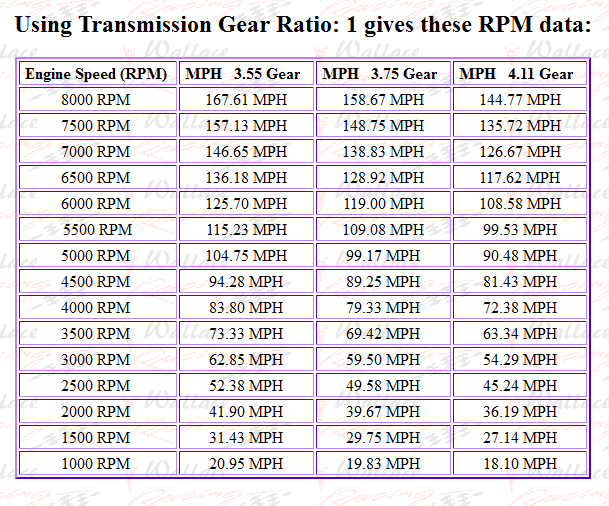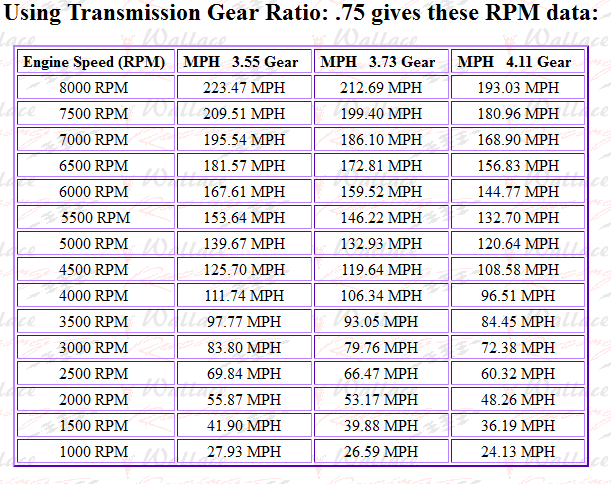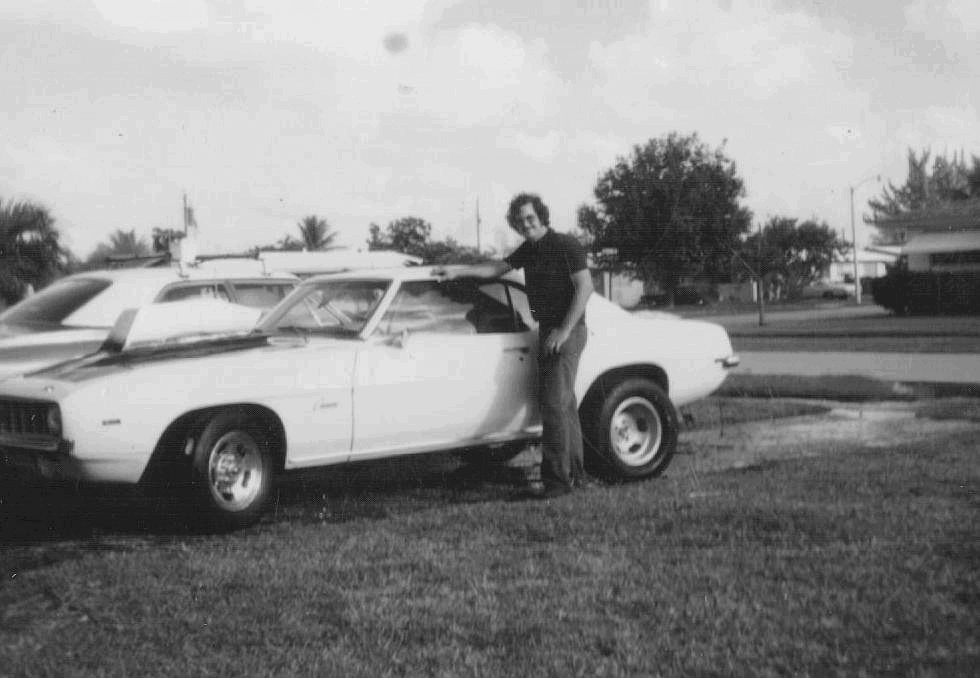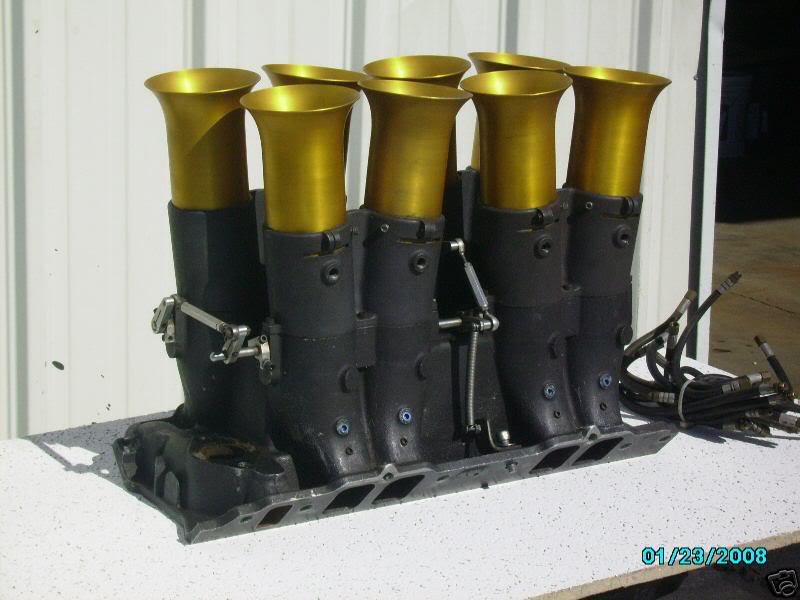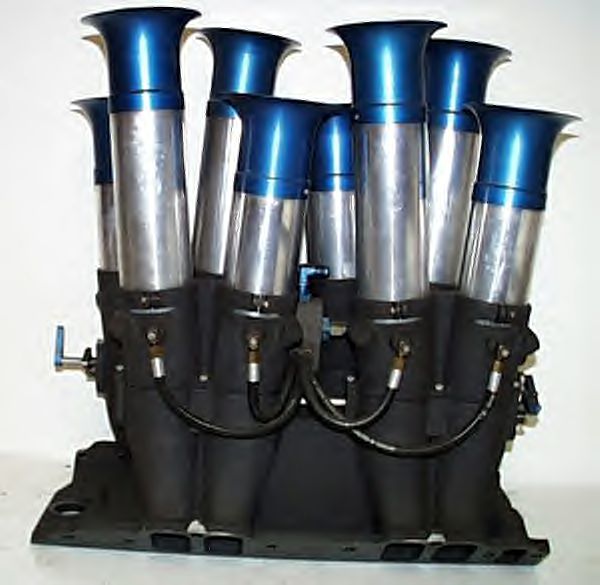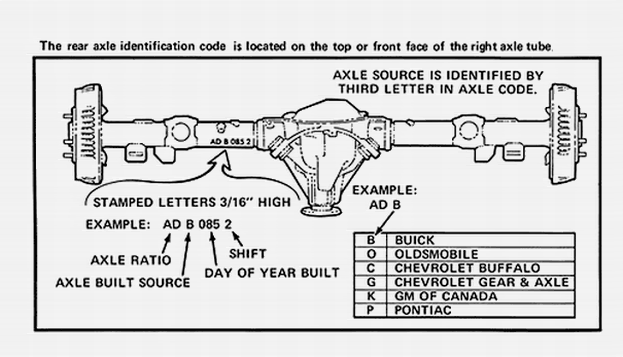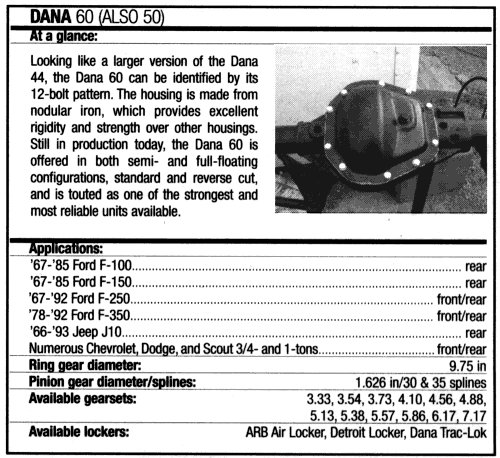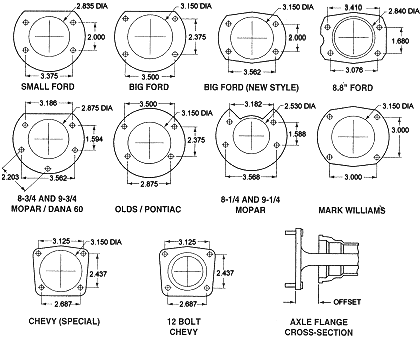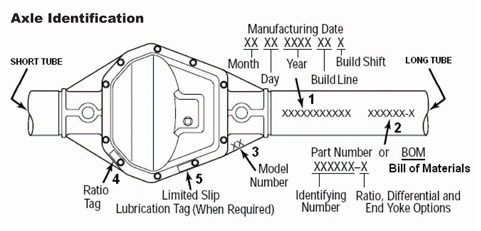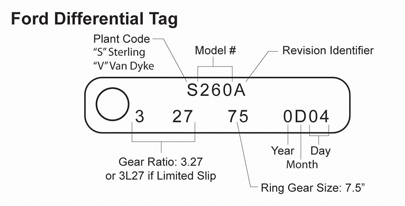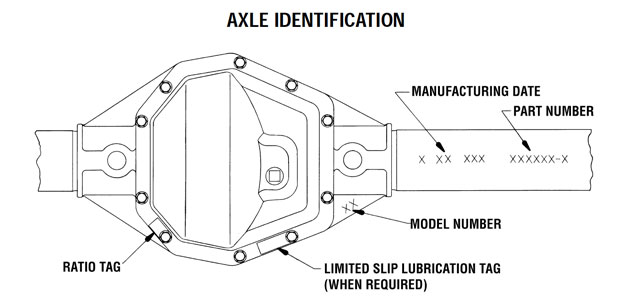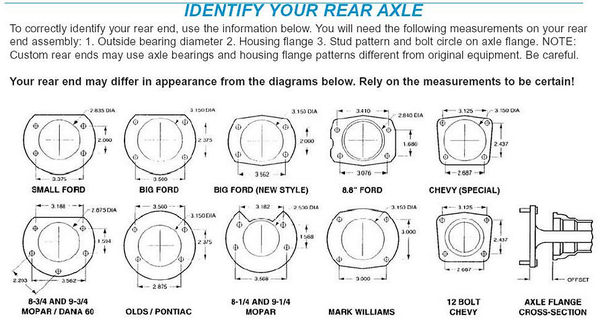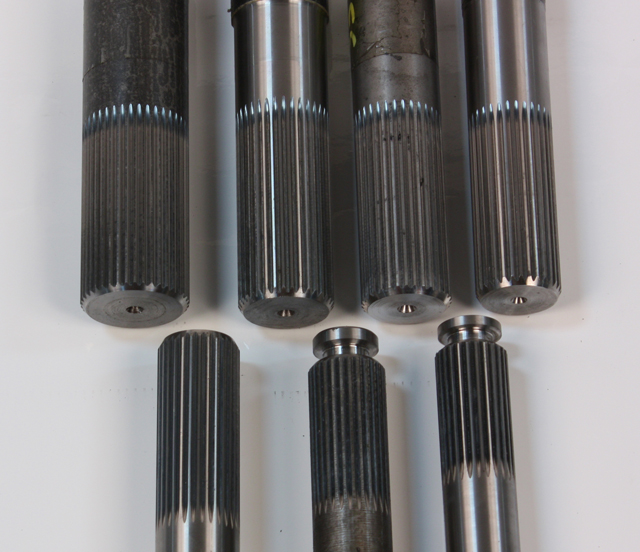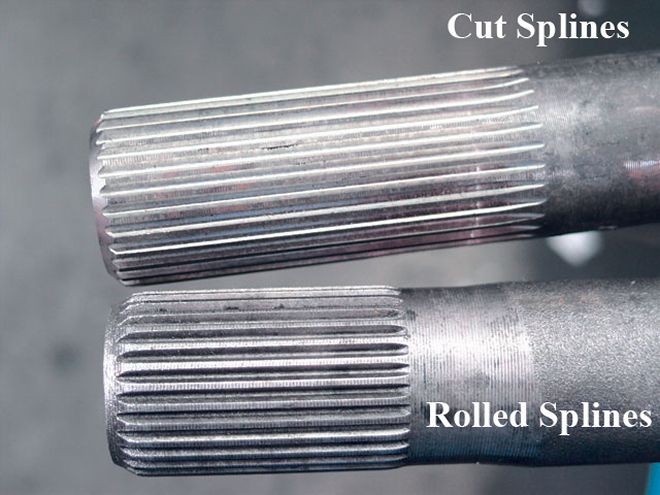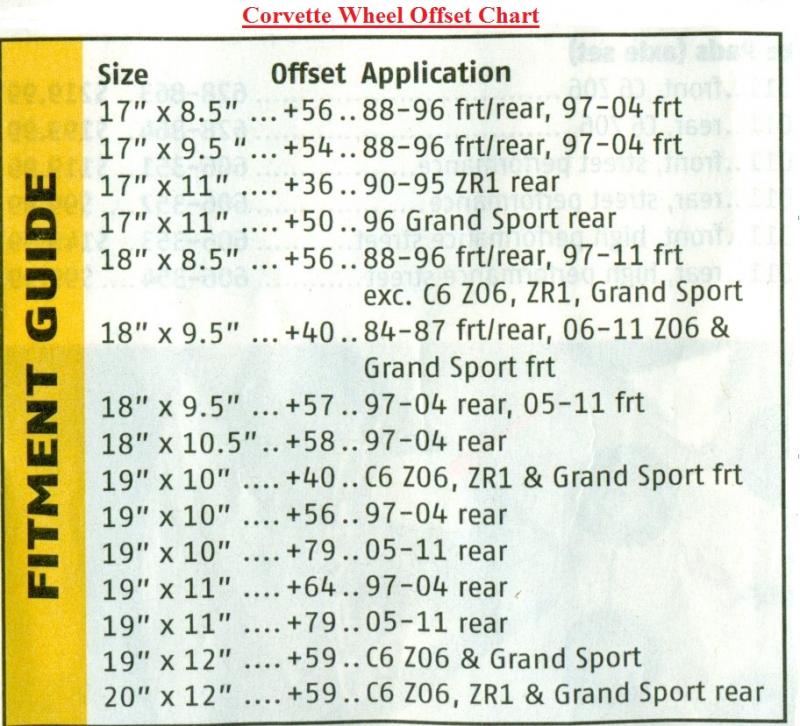http://www.moserengineering.com/com.../moser-60-musclepak-muscle-pak-pack-dana.html
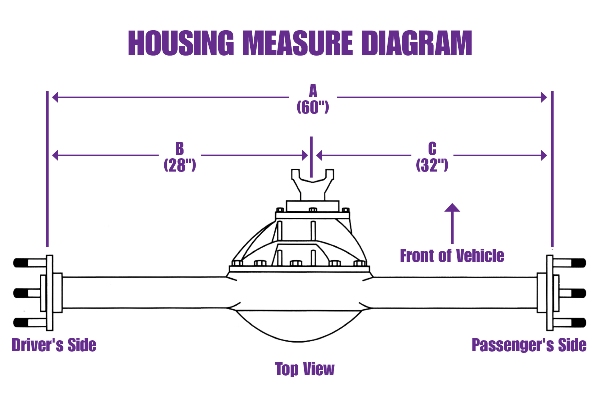
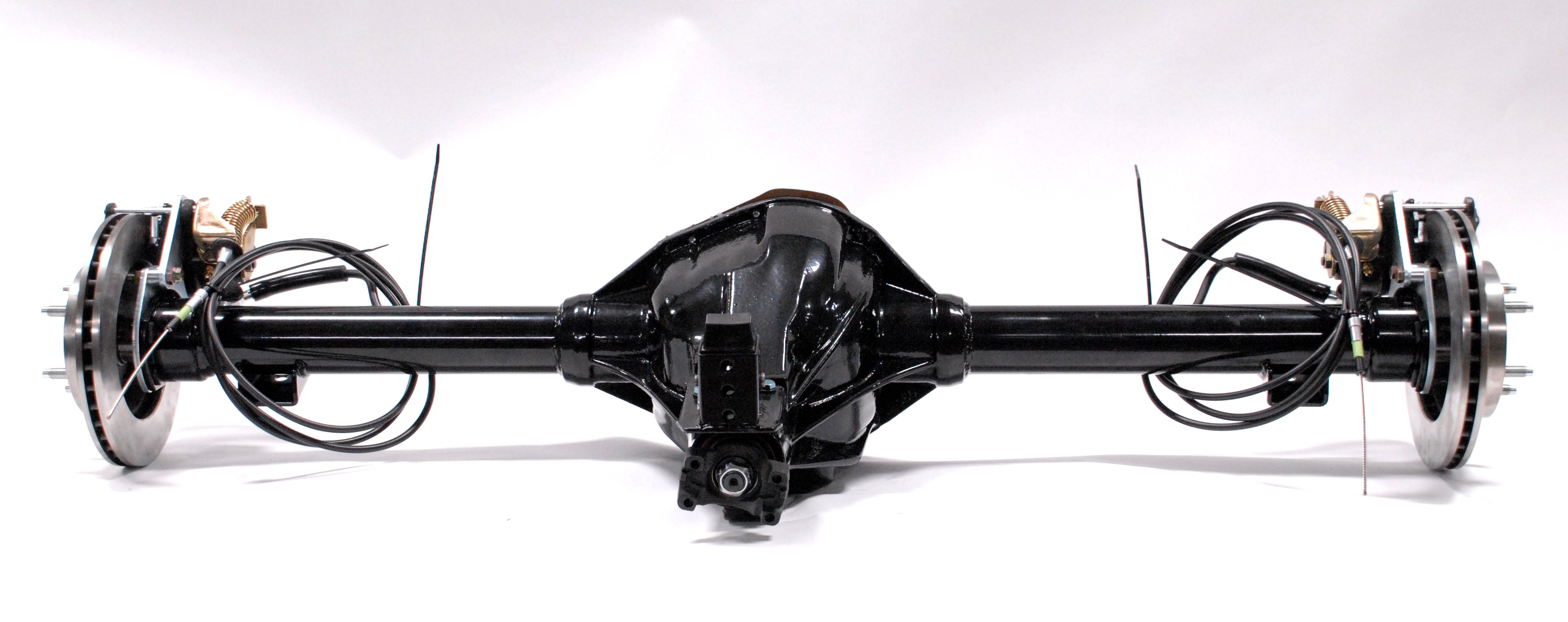
QUICK OVERVIEW
MADE THE AMERICAN WAY IN THE USA!
Product will ship 3-5 business days following the completion of online order.
PRODUCT DESCRIPTION
Complete Moser 60 MUSCLE PAK
THE STRONGER REAR-END REPLACEMENT!
All Moser 60 Housings are designed and manufactured in the U.S.A. using Moser Engineering owned Casting Boxes.
Package includes; New Moser 60 Made in the U.S.A. Housing, with OEM located mounting perches, seamless steel tubing (3" O.D., 1/4" wall), custom alloy 35 spline bolt-in axles, bearings, studs, seals, heavy duty retainer plates, new housing ends, t-bolt kit, Trac-Loc clutch posi, "1350" Series cast pinion yoke, ring & pinion, chrome rear cover, set up with Timken bearings, New 10" Drum Brakes, brake lines, flat pinion snubber, brake line clamps, and emergency brake cables.
COMPLETELY ASSEMBLED!
Many options available!
Standard Finish is no coating (bare metal), Powder Coating optional (adds 2-3 Days processing time).
Find your vehicle. Select your options. We will build it the way you want it in just 3 - 5 business days!
*YEAR/MAKE OF VEHICLE
Maximum number of characters: 50
POWDER COATING


QUICK OVERVIEW
MADE THE AMERICAN WAY IN THE USA!
Product will ship 3-5 business days following the completion of online order.
PRODUCT DESCRIPTION
Complete Moser 60 MUSCLE PAK
THE STRONGER REAR-END REPLACEMENT!
All Moser 60 Housings are designed and manufactured in the U.S.A. using Moser Engineering owned Casting Boxes.
Package includes; New Moser 60 Made in the U.S.A. Housing, with OEM located mounting perches, seamless steel tubing (3" O.D., 1/4" wall), custom alloy 35 spline bolt-in axles, bearings, studs, seals, heavy duty retainer plates, new housing ends, t-bolt kit, Trac-Loc clutch posi, "1350" Series cast pinion yoke, ring & pinion, chrome rear cover, set up with Timken bearings, New 10" Drum Brakes, brake lines, flat pinion snubber, brake line clamps, and emergency brake cables.
COMPLETELY ASSEMBLED!
Many options available!
Standard Finish is no coating (bare metal), Powder Coating optional (adds 2-3 Days processing time).
Find your vehicle. Select your options. We will build it the way you want it in just 3 - 5 business days!
*YEAR/MAKE OF VEHICLE
- A-Body MOPAR (5 X 4 1/2" Bolt Pattern)
- 1967 Earlier B-Body MOPAR
- 1968-70 B-Body MOPAR
- 1970-74 E-Body MOPAR
- 1971-74 B-Body MOPAR
- 1955-57 Chevy (TRI-5)
- 1962-67 Chevy II, Nova (Mono-Leaf) +$50.00
- 1965-70 Chevy Impala +$105.00
- 1967-69 Camaro (Mono-Leaf) +$50.00
- 1967-69 Camaro (Multi-Leaf) +$50.00
- 1968-76 Chevy Nova (Mono-Leaf) +$50.00
- 1968-76 Chevy Nova (Multi-Leaf) +$50.00
- 1970-81 Camaro (Multi-Leaf) +$50.00
- 1982-2004 Chevy S-10 (2WD)
- 1982-2004 Chevy S-10 (4WD)
- 1999-2006 Chevy Silverado Pick-Up +$75.00
- 1994-2002 Dodge 1500 P/U (2 or 4 WD) INCLUDES; ALUMINUM GIRDLE W/SPEED SENSOR +$355.00
- 3.54:1 Ratio - Pro/Street
- 3.73:1 Ratio - Pro/Street
- 3.90:1 Ratio - Pro/Street
- 4.10:1 Ratio - Pro/Street
- 4.30:1 Ratio - Pro/Street
- 4.56:1 Ratio - Pro/Street
- 4.88:1 Ratio - Pro/Street
- 5.13:1 Ratio - Pro/Street
- 1/2" x 20 -x 1 1/2" (.665" Knurl)
- 1/2" x 20 x 3" (.685" Knurl)
- 1/2" x 20 x 1 1/2" (.625" Knurl)
- 1/2" x 20 x 3" (.620" Knurl)
- 1/2" x 20 x 2" (Screw-In)
- 1/2" x 20 x 3" (Screw-In)
- 5/8" x 18 x 2" (Screw-In) +$65.00
- 5/8" x 18 x 3" (Screw-In) +$65.00
- 1/2" x 20 x 1 3/4" (.620 Knurl/Disc Brake Stud)
- Powder Coated Rear Cover (Black) +$20.00
- Aluminum Girdle # 7112 +$130.00
- Black Powder Coated Rear Cover +$20.00
- 1350 Series Forged Pinion Yoke # PY500 +$35.00
- Adjustable Pinion Snubber +$35.00
- 35 Spline Truetrac (MOTUL 300 RECOMMENDED!) +$370.00
- 35 Spline Detroit Locker +$370.00
- 35 Spline Spool -$150.00
- None
- Moser Economy Disc Brake w/Parking Brake -$5.00
- MOSER - PERFORMANCE DISC DRAG BRAKE KIT WITH HAWK "HP+" PADS +$232.50
- Wilwood Forged Dynalite Rear Parking Brake Kit (Black Calipers) +$217.50
- Wilwood Forged Dynalite Rear Parking Brake Kit - WITH DRILLED ROTORS +$317.50
- Wilwood Forged Dynalite Rear Parking Brake Kit - WITH RED CALIPERS +$357.50
- Wilwood Forged Dynalite Rear Parking Brake Kit - WITH POLISHED CALIPERS +$357.50
- Wilwood Forged Dynalite Rear Parking Brake Kit - WITH DRILLED ROTORS & RED CALIPERS +$457.50
- Wilwood Forged Dynalite Rear Parking Brake Kit - WITH DRILLED ROTORS & POLISHED CALIPERS +$457.50
- Wilwood Dynapro Low-Profile Rear Parking Brake Kit for 14" & 15" Rims +$257.50
- Wilwood Dynapro Low-Profile Rear Parking Brake Kit for 14" & 15" Rims - WITH DRILLED ROTORS +$357.50
- Wilwood Dynapro Low-Profile Rear Parking Brake Kit for 14" & 15" Rims - WITH RED CALIPERS +$382.50
- Wilwood Dynapro Low-Profile Rear Parking Brake Kit for 14" & 15" Rims - WITH DRILLED ROTORS & RED CALIPERS+$482.50
- Wilwood Forged Dynalite Pro Series Rear Brake Kit +$132.50
- Wilwood Forged Dynalite Pro Series Rear Brake Kit - WITH DRILLED ROTORS +$232.50
- Wilwood Forged Dynalite Pro Series Rear Brake Kit - WITH RED CALIPERS +$257.50
- Wilwood Forged Dynalite Pro Series Rear Brake Kit - WITH POLISHED CALIPERS +$257.50
- Wilwood Forged Dynalite Pro Series Rear Brake Kit - WITH DRILLED ROTORS & RED CALIPERS +$357.50
- Wilwood Forged Dynalite Pro Series Rear Brake Kit - WITH DRILLED ROTORS & POLISHED CALIPERS +$357.50
- Wilwood Forged Dynalite Rear Drag Brake Kit +$57.50
- Wilwood Forged Dynalite Rear Drag Brake Kit - WITH DRILLED ROTORS +$82.50
- Explorer Disc Brake Kit W/internal Parking Brake +$60.00
- Explorer Disc Brake Kit W/internal Parking Brake & Drilled Rotors +$110.00
Maximum number of characters: 50
POWDER COATING
- None
- Flat Black +$250.00
- Semi-Gloss Black +$250.00
- Gloss Black +$250.00
- Flat Red +$250.00
- Semi-Gloss Red +$250.00
- Gloss Red +$250.00
- Flat Silver +$250.00
- Semi-Gloss Silver +$250.00
- Gloss Silver +$250.00
- Flat Orange +$250.00
- Semi-Gloss Orange +$250.00
- Gloss Orange +$250.00
Last edited:

